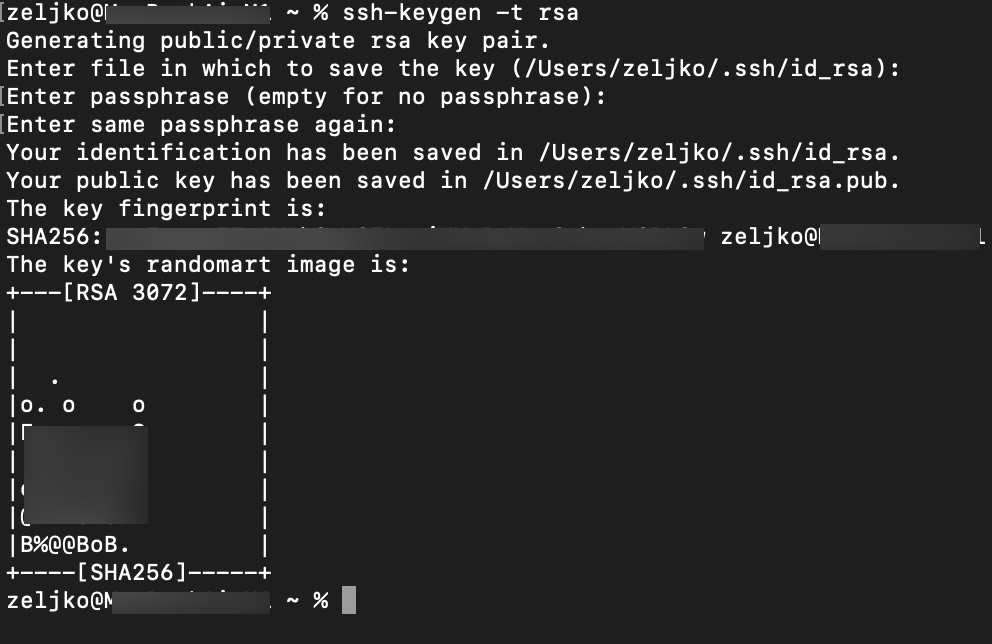

Preparing the administrators_authorized_keys File If the private key is compromised, anyone can use it to gain access to your SSH server. You must treat a private key like your password. The public key is stored on the server, while the private key stays on the local computer. In a nutshell, a key pair consists of two keys called the public key and private key, which constitute a set of security credentials to prove your identity. this works but a more secure way to authenticate with an SSH server is by using a key pair. In the previous sections, you connected with a username and password.
SSH COPY ID SET DEFAULT KEY HOW TO
Related: How to use PowerShell to Get a Registry Value Configuring Public Key Authentication
SSH COPY ID SET DEFAULT KEY CODE
If you like to save the PowerShell code to download OpenSSH, you can also open a code editor like Windows PowerShell ISE or Visual Studio Code and save it in there. This script will download the latest OpenSSH release, which as of this writing, is v8.1.0.0p1-Beta to the current working directory. Next, copy the code below, paste it in the PowerShell window, and press Enter. On your Windows Server desktop, open an elevated Windows PowerShell console.ģ. Related: The Top Free Remote Desktop Connection ManagersĢ.

A Windows Server machine – This article will use Windows Server 2019 Datacenter.To effectively follow the examples and demos in this article, you’ll need to meet these requirements below. Connecting with SSH using Certificate Authentication.Creating the Certificate Authority (CA) Key.Connecting with SSH using Public Key Authentication.Deploying the Public Key to the Windows SSH Server.Preparing the administrators_authorized_keys File.Changing the Default Shell for OpenSSH to PowerShell.Connecting with SSH using Password Authentication.Adding a Windows Firewall Rule to Allow SSH Traffic.


 0 kommentar(er)
0 kommentar(er)
